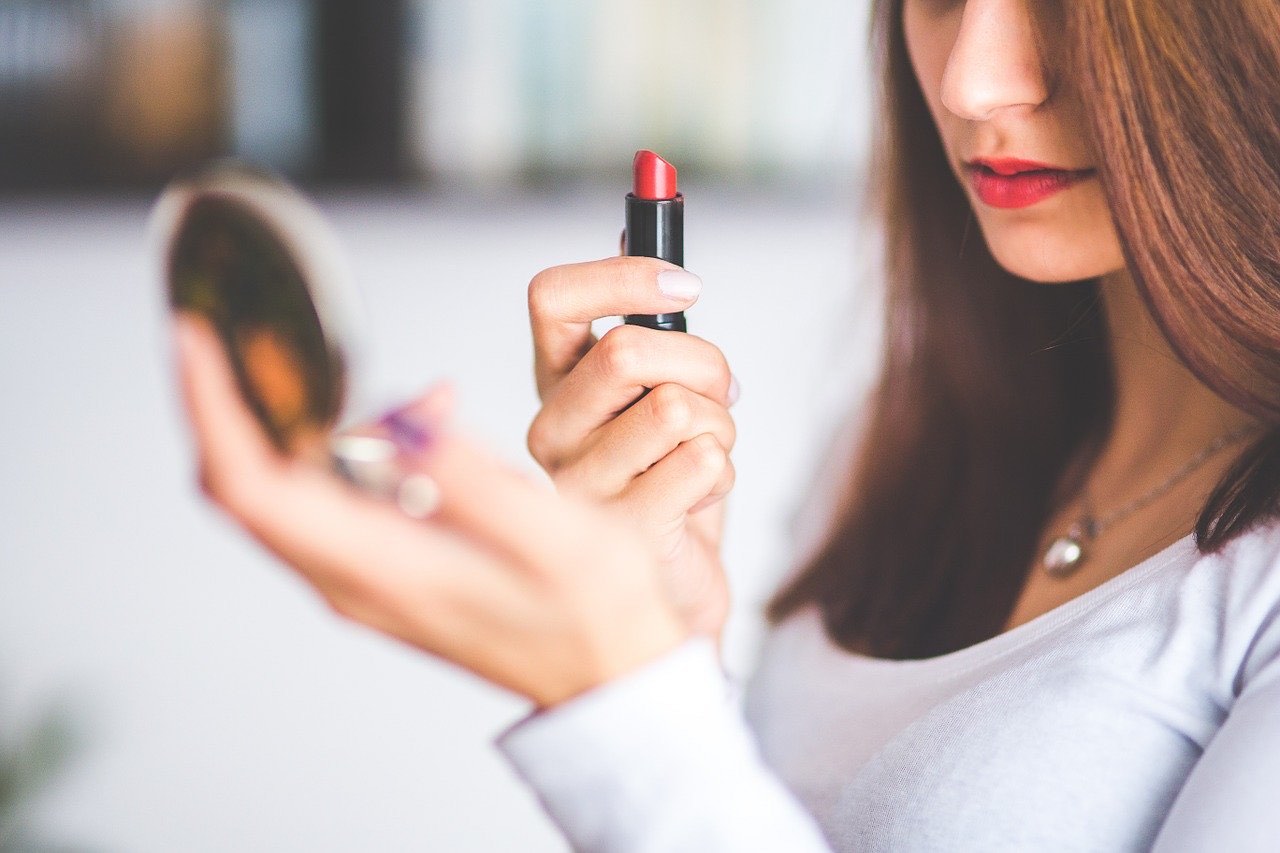Makeup can enhance your look, express your personality, and fit the theme of your day. But if your creative expression comes with the casualty of breakouts, it may be time for a change-up. You may not need to abandon makeup altogether, but the acne that can result shouldn’t take center stage.
Healthy skin is important for both your external appearance and your confidence. Take some time to consider your breakout patterns, products, and application techniques to determine if makeup is the issue. If so, you’ll be able to deploy an acne-banishing protocol that’ll set you on the path toward clear skin.
1. Investigate the Evidence
Your breakouts, while frustrating, can be a helpful tool in identifying the root cause of your skincare woes. Consider your skin like a treasure map full of clues of what’s causing it strife.
Once you determine the cause and type of breakouts you’re experiencing, you can choose an effective acne treatment. Most commonly, breakouts due to cosmetics start with a rash-like appearance, later shifting to more familiar-looking blackheads, whiteheads, and papules. Officially known as acne cosmetica, these breakouts cluster where you’d expect — namely, where you’ve applied cosmetics.
After cleansing your skin and hands, examine your skin thoroughly in a well lit area. Take notes of where you see visible breakouts and even where you feel a pimple developing. Some pustules can be especially painful as dirt, oil, and cosmetics get buried in pores while bacteria multiplies.
Map out your breakouts to see if there’s a pattern. Frequently, clusters of blackheads can be found at the hairline, where scalp oils and cosmetics collide. Other pesky areas include creases at the nose and the chin.
Frequently, cosmetic-induced breakouts can worsen in areas where they also come into contact with the outside world. The bridge of your glasses, your phone, and even your hand resting on your chin can make things worse. Note your habits and lifestyle factors that collide with your cosmetics as you assess your breakouts.
2. Assess Your Product Lineup
Now that you’ve logged where your breakouts are appearing, it’s time to review what cosmetics you’re using and where. Dump out your makeup bag and categorize each item by type. Keep things simple by clustering eye, lip, and skin products together.
Then, check your labels to see if they’re designated as non-comedogenic or not. Generally, this labeling is on the original product packaging, but it’s often duplicated on the individual product. This is an important term to know, because it means that the product shouldn’t clog pores. And since acne is largely caused by clogged pores, you want to steer clear of cosmetics that do. Set any products aside that do not include this important designation, researching online for their status before disposing of them.
Next, check the shelf life of your cosmetics. While there won’t be an “as of” date on your mascara like there is your milk, most include guidance. Typically labeled in months, this symbol can be found on the back or bottom of your product. Look for a number followed by an “M,” frequently nestled in an outline of a cosmetics jar.
If you can’t recall when you bought your cosmetics, it may be a great time to replace them. Dispose of any products that have worn out their shelf life. Most of the time, the shelf life clock begins when you use them, so unopened cosmetics should be safe. Replace your old products with the aforementioned non comedogenic formulas, mineral-based makeup, and lighter weight cosmetics.
3. Review Your Application Approach
Makeup application preferences are as unique as one’s pillow choice. Sometimes influenced by trends, the day’s go-to application method can provide flawless results but at a cost. Dirty brushes, sponges, and even fingertips can introduce millions of bacteria particles onto your unsuspecting skin.
Review your application methods alongside each of the cosmetics products you’ve already assessed. Brushes and applicators included in palettes, reusable beauty sponges, multi-brush sets, and more all deserve a close look.
Next, be honest with yourself about when you last washed your applicators. Similar to your product purchase date, if you can’t remember, it’s probably been too long. The American Academy of Dermatology recommends cleaning your makeup brushes every seven to 10 days. Any longer, and bacteria will multiply, creating a breeding ground for breakouts and even contaminating your products.
Clean your brushes with warm water, removing any remaining makeup. Then, using a clarifying shampoo, swirl the brush gently across a clean washcloth, your hand, or silicone brush cleaning mat. Then, rinse completely until the water runs clear. Be patient and gentle as you remove all cosmetics and cleanser, taking special care not to damage your tools.
Keep clean brushes and tools a part of your weekly routine to reduce the risk of breakouts. Similarly, ensure you’re beginning your routine with clean hands, washing throughout if you come in contact with bacteria. Clean hands and tools can ensure your high-quality, safe-to-use products do your look justice and keep breakouts at bay.
Make Clear Skin Your Reality
A solid foundation is just as important for your skin as your home. With clear skin, cosmetics glide across the surface, and your artful application conveys the look of your dreams. Take time to ensure you’re supporting your complexion with the right products, treatments, and application practices. When you do, your clear skin can provide the perfect palette for your next makeup masterpiece.







